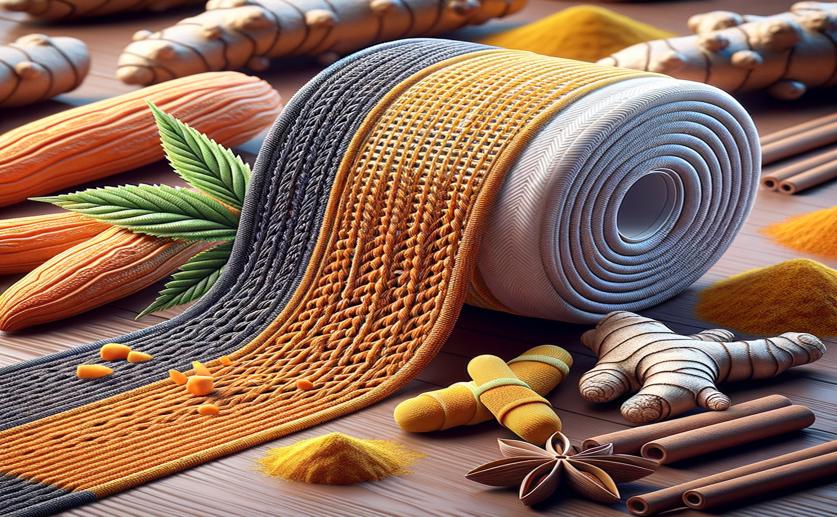
Speeding Up Wound Healing with Licorice and Turmeric Infused Nanofiber Bandages
Greg Howard
6th June, 2024

Image Source: Natural Science News, 2024
Key Findings
- Researchers at Kermanshah University of Medical Sciences developed a new nanofibrous wound dressing using polyvinyl alcohol (PVA) and chitosan (CS), enriched with curcumin and licorice root extract
- The dressing has high porosity and excellent liquid absorption, keeping the wound moist to promote healing
- It showed significant antibacterial activity against common wound-infecting bacteria and accelerated wound healing in animal tests
References
Main Study
1) Accelerating healing of infected wounds with G. glabra extract and curcumin Co-loaded electrospun nanofibrous dressing.
Published 5th June, 2024
https://doi.org/10.1177/08853282241252729
Related Studies
2) Polymer-based biomaterials for chronic wound management: Promises and challenges.
3) Therapy of infected wounds: overcoming clinical challenges by advanced drug delivery systems.



 4th June, 2024 | Jenn Hoskins
4th June, 2024 | Jenn Hoskins